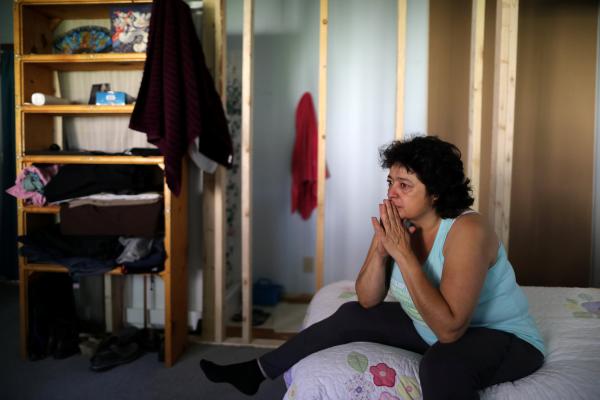Jul 26, 2017
Pastor Craig Paschal says the decision to turn his church into a sanctuary, and a focal point in the nationwide immigration debate, was not easy but he considered it a Christian duty.
Read the Full Article

Already a subscriber? Login
